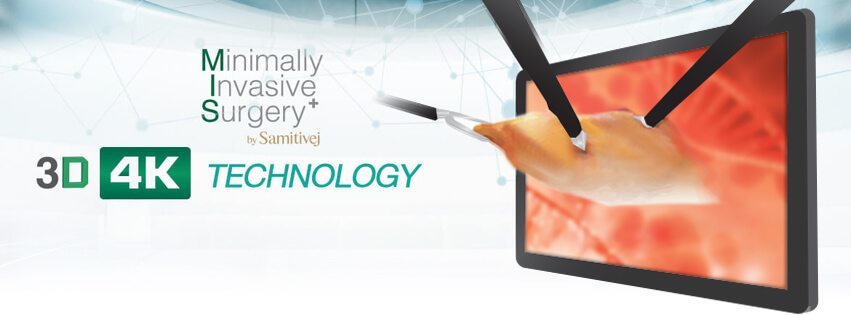
Appendicitis Treatment: A Simple and Common Procedure

The appendix is a finger-shaped pouch that projects from the colon on the right side of the abdomen. The anatomical name for the appendix is vermiform appendix, which means worm-like appendage, as it resembles a worm. With an average length of 8-10 cm, the appendix produces and protects beneficial probiotic colonies in the digestive system. It can also play a role in digestion by stimulating the digestive system to be more effective. A ruptured appendix, known as appendicitis, requires immediate medical attention because it can be fatal if left untreated. As such, it certainly cannot be said that the appendix is an unimportant organ.
Indications of Appendicitis
Appendicitis is a fairly common condition in both men and women and most often occurs below the age of 30. Appendicitis pain is similar to that of many severe abdominal conditions. In most cases, appendicitis develops in stages. The first symptom of appendicitis is abdominal pain that cannot be identified to a specific location. The pain gets steadily worse for about six hours, gradually increasing to a persistent pain around the belly button. It is similar to diarrhea pain, but you cannot empty your bowels to gain relief. You may also have fever, vomiting and loss of appetite. The pain will often move towards the right lower quadrant of the abdomen and become so bad that you are unable to move. When the appendix becomes severely infected, it will become rotten, burst and finally form an ulcer. Usually, the appendix will rupture within three days from the onset of pain. Appendicitis occurs when the appendix becomes blocked, often by stool, a foreign body, parasite, tumor or food, which introduces bacteria into the area causing the appendix to become inflamed. The standard treatment is surgical removal of the appendix. Many people who need surgery are afraid of having anesthesia or a regional block because they are anxious about undergoing surgery and surgical procedures.
Treating Appendicitis
Previously, most new medical technologies related to surgery have involved reducing postoperative pain. Today, Minimally Invasive Surgery (MIS) is a procedure that is less painful for the patient, requires a shorter recovery period, and allows the surgical incisions to heal more quickly. Laparoscopic appendectomy is a minimally invasive surgical technique that is used to remove the appendix. Laparoscopic surgery is the first choice surgical procedure performed in western countries. At Samitivej Hospital, we have MIS capabilities with more than ninety percent of appendectomies performed using the laparoscopic approach; however, due to limitations of equipment and expertise in much of Thailand, laparoscopic surgery is not widely used or considered to be one of the choices for surgeons treating appendicitis at many hospitals.
During a laparoscopic appendectomy procedure, the surgeon first makes a small hole through which a laparoscope is inserted into the abdomen right under the belly button to identify the cause of the pain. The blood vessels that supply it are clamped and the appendix is cut and removed. Patients undergoing this procedure experience less postoperative pain and can return to their normal routines within a shorter time than patients who undergo traditional surgery.
Laparoscopic surgery is very effective in patients who are overweight (due to the use of small incisions instead of the large ones in open surgery), patients with a retrocaecal appendix (an appendix positioned so that it is hard to access by standard open surgery), and patients with a ruptured appendix (use of small incisions instead of a large ones between the belly button and the pubis). However, there are some contraindications to laparoscopic appendectomies, such as severe inflammation of the appendix and dense adhesion. Moreover, this technique requires special surgical expertise and therefore the cost is quite high.
The most simple and effective technique should be considered as the first option. Appendicitis must be treated surgically and it is important to choose the surgical technique that is best for your situation and also helps you return to your normal routine activities within the shortest time. Surgeons usually choose proper techniques for surgery to enhance procedural efficiency and increase the safety of the patient. Without any contraindications to laparoscopic appendectomy, patients will find that the removal of the appendix is not a big deal at all.
 |
Minimally Invasive Surgery (MIS) – New standard of care for surgical procedures
|
Related
articles
